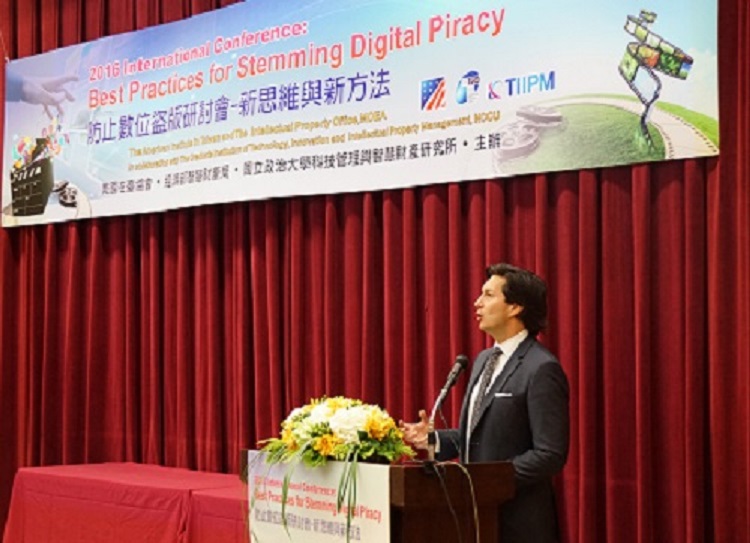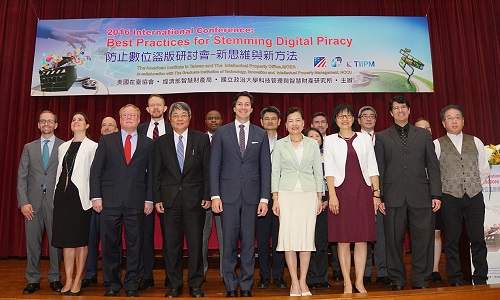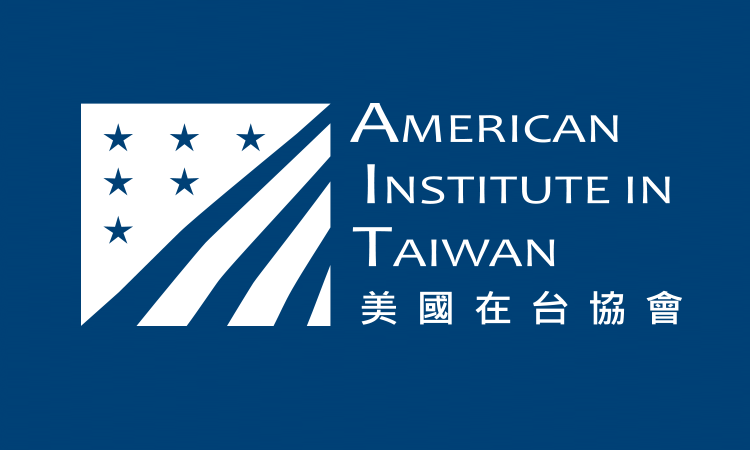Remarks by Daniel H. Marti U.S. Intellectual Property Enforcement Coordinator Executive Office of the President,
2016 International Conference: Best Practices for Stemming Digital Piracy,
National Chengchi University
Taipei, Taiwan
Thank you for the kind introduction. It is an honor to join you, University Vice President Chen, Vice Minister Wang and this wonderful group gathered here today. As many of you know, State Department Assistant Secretary for Economic and Business Affairs Charles Rivkin memorialized our ongoing collaboration with Taiwan in the IP and Innovation Joint Work Plan he launched in June 2015, and I am pleased to carry forward that work plan today by participating in this conference. I’m also excited to be the first holder of my office to visit Taiwan. Before my meetings got underway yesterday, I had a chance to visit the Juming Museum. Modern sculpture is a passion of mine, and so I was mesmerized by the works of one of your great sculptors. I came away inspired not only by the bold lines of his massive figures, but also by the spectacular scenery where mountains meet the sea. This was a fitting start to a visit I see as dedicated to collectively exploring bold new approaches to protecting the fruits of creativity.
Indeed, you might have already guessed at the broad strokes of the themes we plan to explore today. First, it could not be any more fitting that we will address “best practices for stemming digital piracy” in an institution that joins commerce, IP and innovation in its name. Thank you again, Vice President Chen, for hosting today. Second, I am honored to have been preceded at this podium by Vice Minister of Economic Affairs Wang Mei-hwa, who as many of you well know, just concluded an accomplished eight year tenure at the helm of that ministry’s IP office. The fact that she has been elevated to Vice Minister is testimony not only to her deft coordination and leadership on a range of policies, but also an affirmation of the core place that IPR holds in Taiwan’s economic future.
As the Intellectual Property Enforcement Coordinator at the White House, my role is to bring together the relevant federal agencies across the U.S. government and other offices in the White House in order to help develop and implement effective IP policies and enforcement strategies to combat the theft and unlawful exploitation of IP rights, including in the form of commercial piracy, counterfeiting and trade secret theft.
The position was created by Congress just a few years ago to help think past the formal lines of one department’s or agency’s works plans, and facilitate the development and implementation of effective and inclusive IP policies, information sharing, and enforcement strategies.
My office’s mandate originates from two sources: first, a federal statute passed by congress (namely, pro-IP act), and second, by an executive order issued by President Obama.
By way of the pro-IP act, my office’s mandate, for example, is to coordinate the government’s efforts to:
— prioritize the deployment of U.S. government resources in order to reduce the supply of counterfeit goods and incidents of piracy;
— promote collaboration between agencies and identify weaknesses and other impediments to effective enforcement actions;
— partner with other countries to address global concerns; and
— develop a national strategic plan against counterfeiting and infringement.
Also, I would be remiss if I don’t highlight that the U.S. Departments of State and Justice have come together to support the creation of a new positon in Asia, the regional IP law enforcement coordinator (or IPLEC for short – nice title by the way – has a familiar ring to it), and you’ll have an opportunity to hear from IPLEC Evan Williams today. He will be working closely with our partners in Taiwan and throughout the region to enhance IPR enforcement. I am looking forward to working with him in the weeks and months ahead.
Before I dive into the purpose of why we are here today and provide remarks on the important role of the private sector in minimizing the exploitation of IP rights, I would like to spend a moment talking about the nature and overall dimensions of illicit IPR-based activities.
Albert Einstein once remarked: “if I were given one hour to save the planet, I would spend 59 minutes defining the problem and one minute resolving it.”
While the 59-to-1 ratio may be disconcerting for anyone other than Mr. Einstein, the advice is clear: We must rigorously identify and define the scope of the problem we are attempting to solve so that our initiatives are strategically aligned.
Put differently, we must not speed past defining the problem if we want to find the correct answer.
Let’s look at the scope of the problem.
An entity engaged in the exploitation of copyrighted content (such as movies, music, video games, books, and software) in the online environment will employ one of several business models to generate illicit revenue and minimize the risk of exposure.
One study, for example, identified various different infringement-based business models employed to intentionally benefit from and exploit digital content on the internet, including by way of linking, torrent, streaming and cyberlocker sites. Such online business models are generally structured around three guiding principles to:
(I) conceal identities,
(II) make it easy for the providers to be able to continue the illicit enterprise in the event of an enforcement action (i.e., resiliency), and
(III) maximize exploitation and/or dissemination of the third-party content, including for purposes of generating illicit revenue.
The misuse and exploitation of copyrighted content belonging to others is often built on the use of domain names, and consists of a systematic misuse of the domain name system (DNS).
At the time of registration of a domain name that will be used for a website that will serve as a platform to support illicit activity, IPR infringing entities often provide false or inaccurate registration information, or exploit privacy/proxy services, in order to mask identifying operator information.
The IPR-infringing website operator may also employ one or more evasive registration tactics in order to gain resilience against any enforcement actions directed at the illicit enterprise, including for example, registering hundreds or thousands of domain names to support mirror sites (whack-a-mole), or to exploit the ccTLD environment (to find safe havens — venue shopping and domain name hopping), or to find safe haven registrars who will not act on complaints of abuse.
Once the domain names are secure, the entity interested in exploiting unlicensed third-party content will turn to various additional schemes to ensure that the illicit enterprise is shielded from effective enforcement measures, such as hosting infringing content in multiple offshore havens.
The use of encrypted technologies and proxy connections like the tor browser and VPNs work to “cover the tracks” of all traffic to the IPR-infringement-based site, which helps to keep the enterprise attractive to those seeking pirated content.
Knowing this, IPR-infringing sites will promote torrent VPNs, for example, to anonymize and geo-spoof IP addresses as a means to access libraries of misappropriated content in violation of applicable laws. While the user or downloader of the infringing service shares in some culpability, the platform operator has created a business model to evade arrest or civil accountability, increase enforcement costs and third-party business losses, entice illicit traffic, and generate unreported income for the enterprise and its operators.
Business models that generate income do so through payments by way of subscription fees and donations, payments in digital virtual currencies, and revenue from advertisement and pay-per-click services.
In order to increase illicit revenue generation from the exploited content, a number of piracy sites are reported to employ malware in order to conduct spam and phishing campaigns, access personally identifiable data, fake advertising traffic, and serve pop-ups and other ads to the user by way of the in-demand content (a hit movie, song, etc.) serving as the “bait.”
This is a brief summary of part of the piracy environment. It is deliberate and based on a calculated exploitation of third-party creative works.
We cannot afford to see this as a ‘soft crime’ affecting only narrow private interests.
The entities engaged in commercial-scale piracy, for example, conduct their operations with no concern for the economic competitiveness of our businesses or the livelihood of our creative communities.
The unlawful exploitation of IP rights directly hurts our artists, innovators and businesses the world over, and if left unchecked, this unlawful exploitation runs the risk of hampering not only our ingenuity, but our economic growth and jobs market.
For these and other reasons, it is imperative that governments adopt various measures to address these threats.
To do so effectively requires a multi-faceted, whole-of-government approach, one that maximizes partnerships between agencies at all levels of government, private industry, trade associations and civil society, as well as trading partners the world over.
We know that law enforcement alone cannot provide a total solution to the problem of digital piracy. An effective IP enforcement strategy must consist of a comprehensive and multi – faceted approach that is well positioned to anticipate, and respond to, the dynamic nature of IP issues.
Encouraging and supporting voluntary initiatives among private sector stakeholders is an important part of this strategy. To further this end, my office has worked to establish and support innovative public–private partnerships that have yielded beneficial voluntary stakeholder initiatives.
Key among these initiatives are those ‘follow-the-money’ mechanisms that seek to disrupt and curb profits from illicit activities. For example:
A credit card/payment processor best practice, which has established an identifiable complaint mechanism and procedures for terminating payment services to websites that persist in the sale of infringing products or are engaged in commercial piracy.
And an ad network best practice, combined with an online advertisers’ leadership pledge, that aims to reduce online infringement by reducing the flow of ad revenue to operators of sites engaged in counterfeiting and piracy.
These inter-related initiatives have given rise to the new “certified against piracy,” launched by the Trustworthy Accountability Group (the TAG program). The TAG program will allow companies in the online and mobile accounting advertising ecosystem to use validated tools and services to identify and prevent advertising from running on websites and other properties that present an unacceptable risk of being associated with illicit activity, including commercial piracy.
There are some who may say: how are these entities able to withdraw their services?
To be clear and this point should not be lost on us today, all the businesses entities of which I speak are for-profit entities with contracts and “terms of service” in place that prohibit the use of their services and platforms for unlawful conduct, including intellectual property theft. They do not need to transact business with entities who are posing a risk, as determined by sensible ‘best practices’. This is why something can be done, and why something must be done.
Voluntary initiatives have demonstrated a remarkable ability in the few years of their existence, to shape a more respectful environment for the fruits of creators’ and innovators’ efforts and for a safer commercial environment for consumers.
These initiatives’ early successes may be quite simply due to their nature — of being able to adapt to, and remain relevant and effective amidst technological change — as they are not constrained by the speed of legislative reform.
I want to use the remainder of my time with you here today to emphasize in some detail what are the necessary foundational elements for an effective enforcement regime going forward namely the need for (i) enhanced cooperation and collaboration between the private and public sectors, and the need for (ii) reporting and info sharing.
We know that the U.S., for example, cannot address IP theft alone, and that we cannot define success solely by the number prosecutions.
Our IP authorities need greater enforcement cooperation, we need greater cooperation in our advocacy in the international community, and we need greater coordination and cooperation from those intermediaries whose services or platforms are exploited by the criminal actor.
No business is immune to the exploitation of its services, and no single entity or industry can effectively tackle these threats alone.
The digital age has altered the manner in which criminal syndicates can and do work to inflict serious harm, including through the exploitation of intermediary services and platforms.
What we need is a sense of purpose to promote a marketplace that promotes integrity that fosters trust and provides the greatest level of protection to consumers and legitimate businesses, where private sector entities do not turn the other way when they discover or are presented with evidence of abuse.
All businesses, whether of the brick-and-mortar or online variety—be it e-commerce platforms, service providers or other intermediaries like payment processors, ad networks, domain name registrars, social media and app platforms—need to accept and act upon the principle that the criminal exploitation of a business’s services or platforms is unacceptable. period.
Let me say that again: all businesses must act upon the principle that the criminal exploitation of a business’s services or platforms is unacceptable, and each company maintains a corporate, social and ethical responsibility to curb abuse of its offerings.
The commitments we make as partners are critical first steps, but words without action are not enough.
Taking concrete and measurable steps—together and individually—is essential to fulfilling our promise to advance this collective effort.
In light of the seriousness and magnitude of the illicit activities in the online environment, private sector leadership is imperative to ensure the adoption of a sustained and focused approach to minimize these growing threats.
We must reject a status quo where companies in their bid for profits may turn a blind eye to illicit activity by their customers and users.
This leads me to my final observation that I will share with you.
We need to fully and clearly understand the nature of the problem so we can work to implement real and lasting solutions. We need a comprehensive and reliable and strong body of data and the resources to analyze it to help us develop well-balanced strategies to effectively address the challenges that face us all.
A better understanding of these challenges will permit us to continue to evolve in our response, through voluntary and other initiatives, to meet the challenge head-on.
Governments and the private sector, and intergovernmental organizations and NGOs, must work together to “connect the dots” so to speak, and not permit criminal actors to exploit real or perceived communication or coordination shortcomings.
So today I renew the call for not only corporate leadership and responsibility to help minimize persistent IP-infringing activities, including in the online environment, but also for all stakeholders to help enhance our understanding of the nature of digital piracy, including through (i) trend analysis, (ii) assessments of anti-piracy efforts and their effectiveness, (iii) public awareness efforts and by (iv) identifying opportunities for further action.
That is why we are all here today. We are all here to provide forward-thinking leadership and promote a collaborative approach to combatting piracy in modern, flexible ways.
As I conclude my remarks, let me reiterate how honored I am to be here today with you all. I’m looking forward to working with you all to combat the growing threat of IPR theft, especially in the digital space. Thank you again for the kind invitation to be here today.


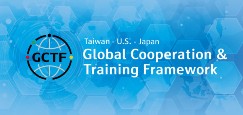




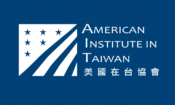
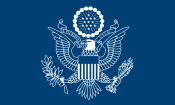
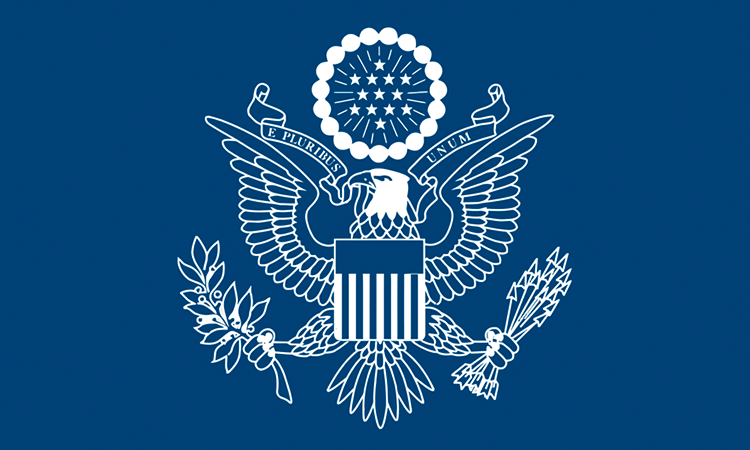





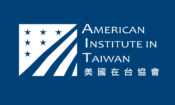
![Video Thumbnail [Recovered]-01](../wp-content/uploads/sites/269/Video-Thumbnail-Recovered-01-1-750x450.jpg)



